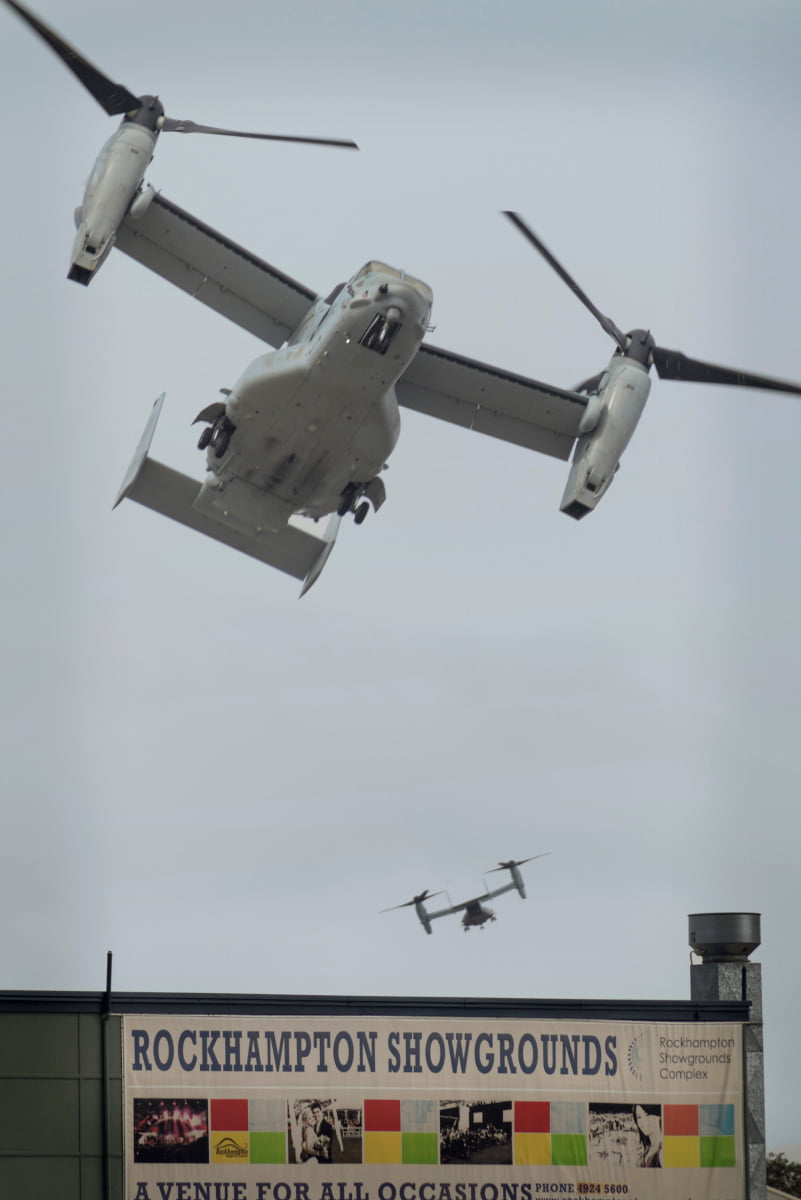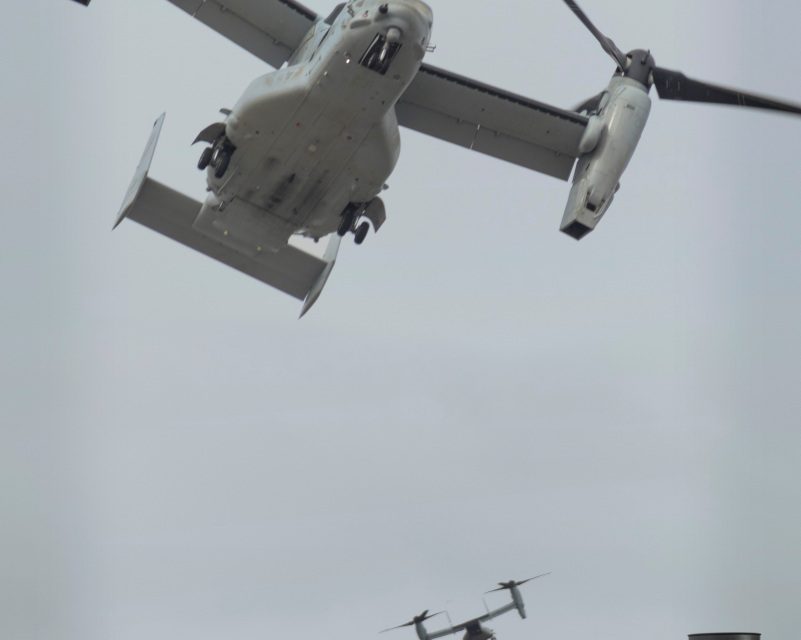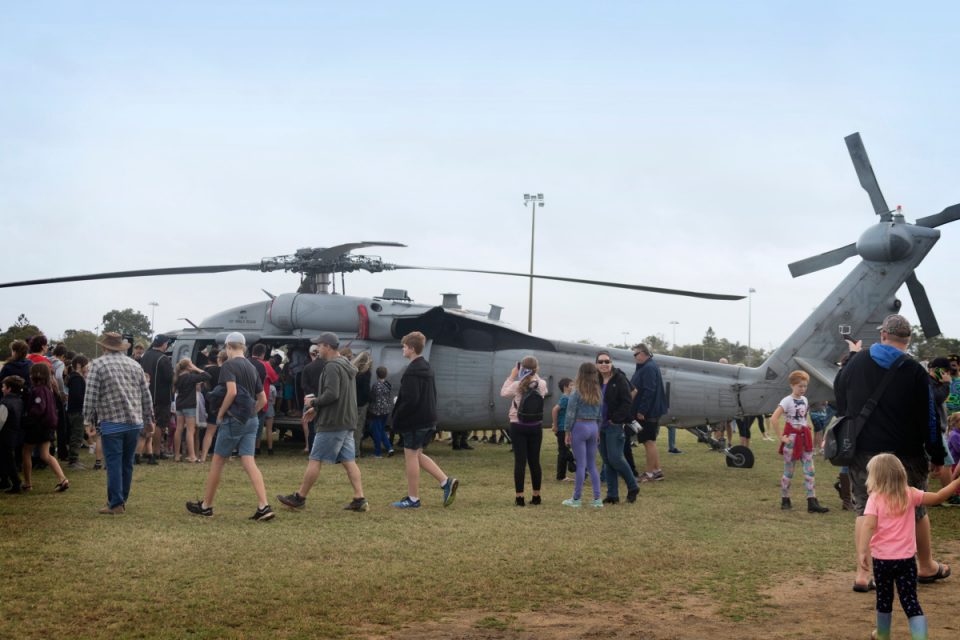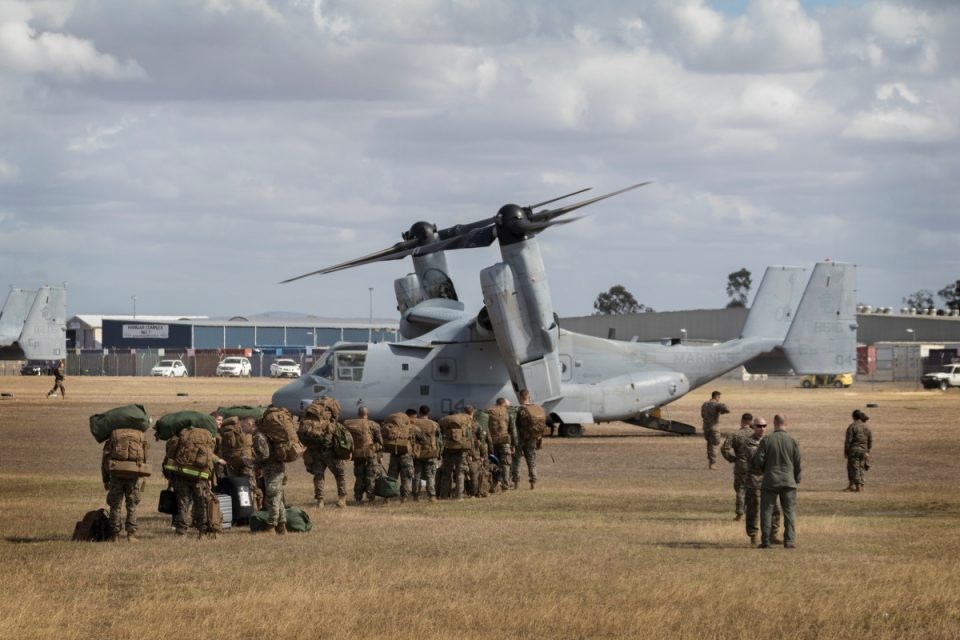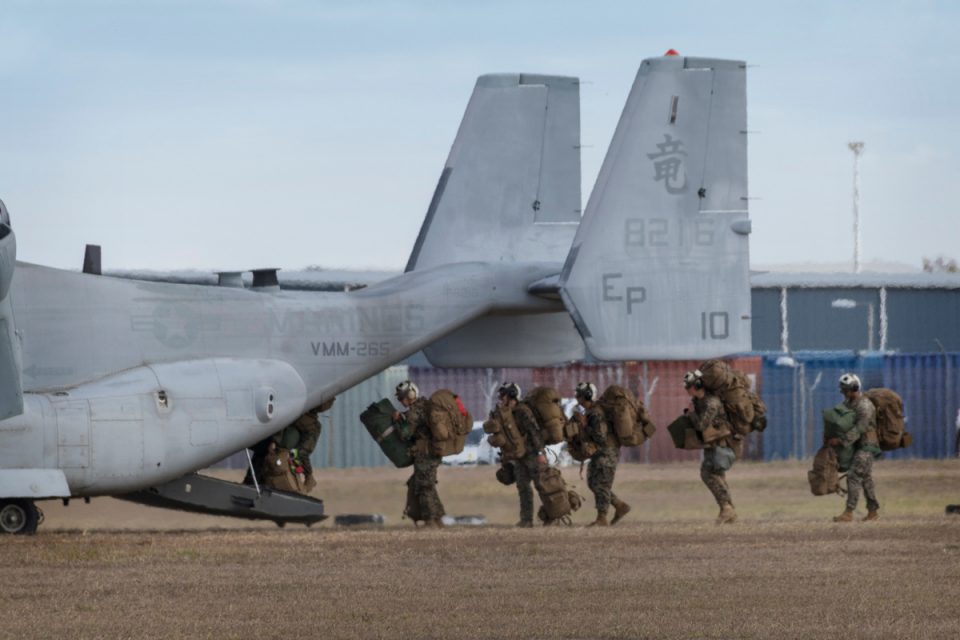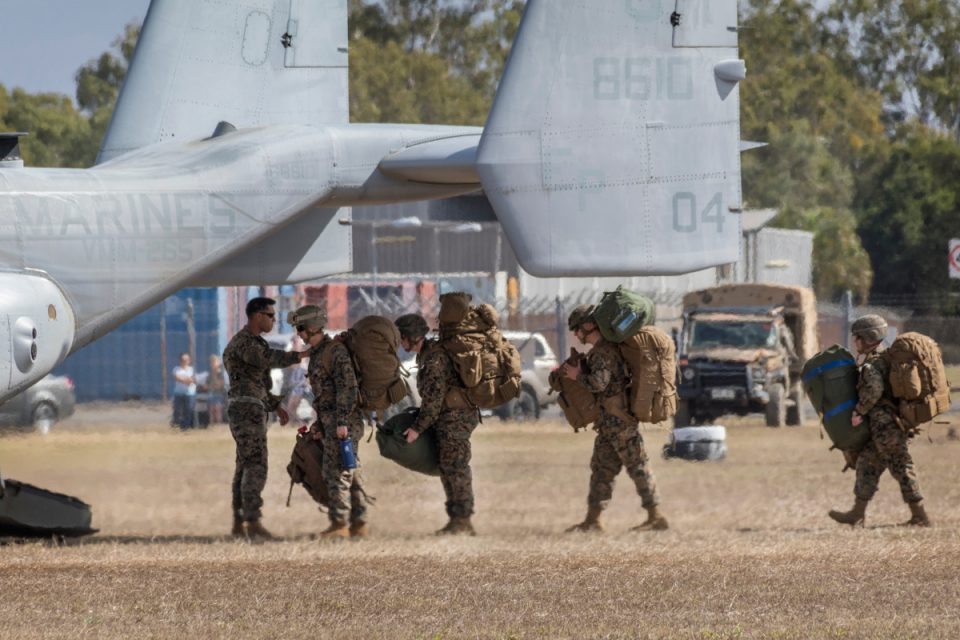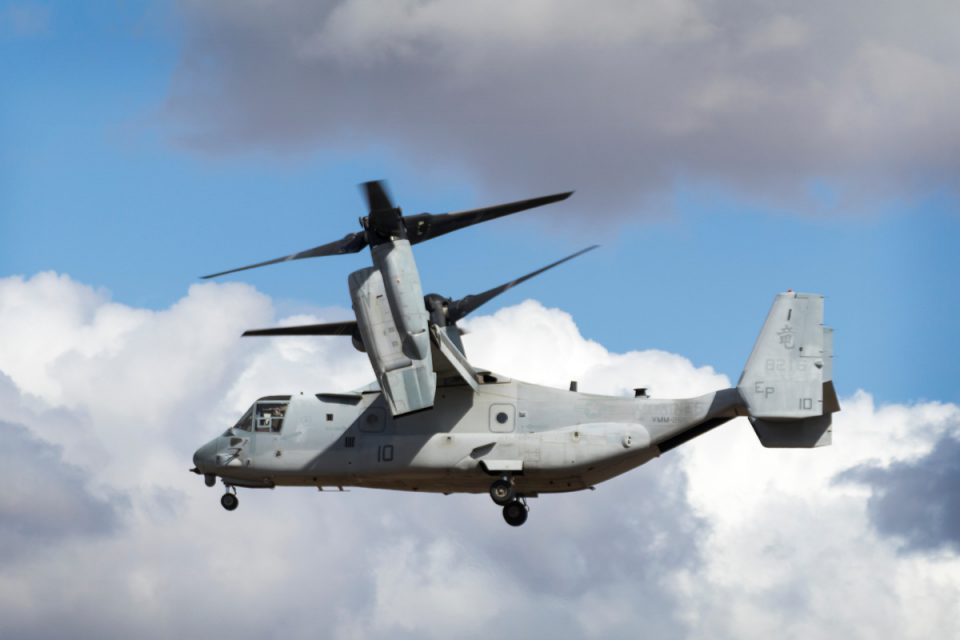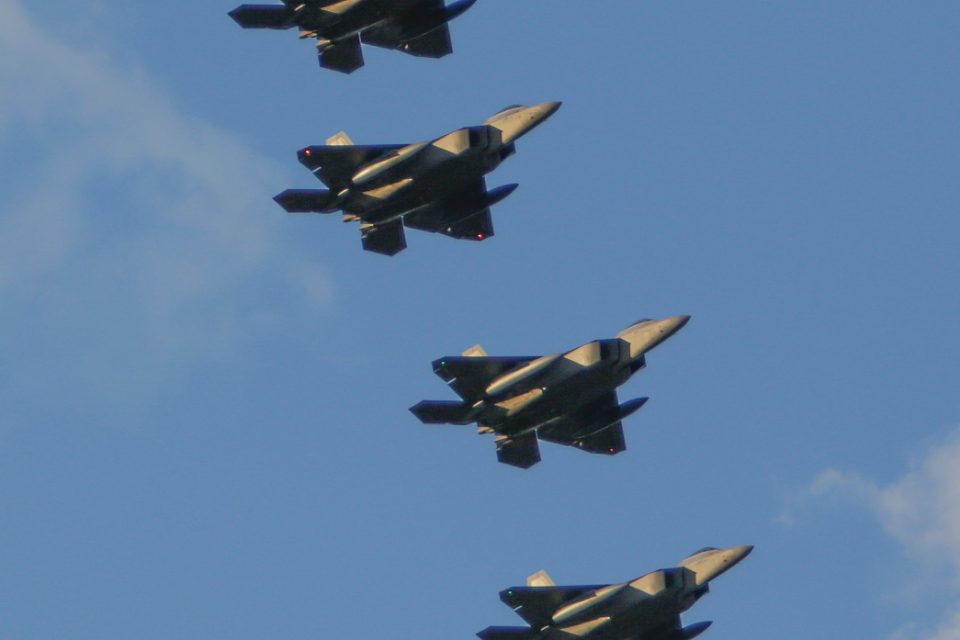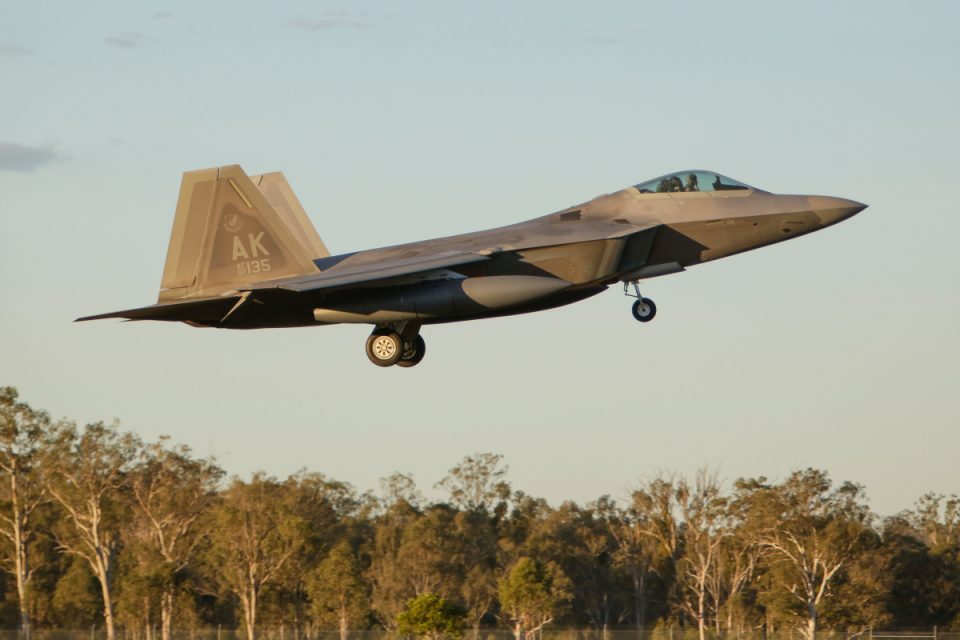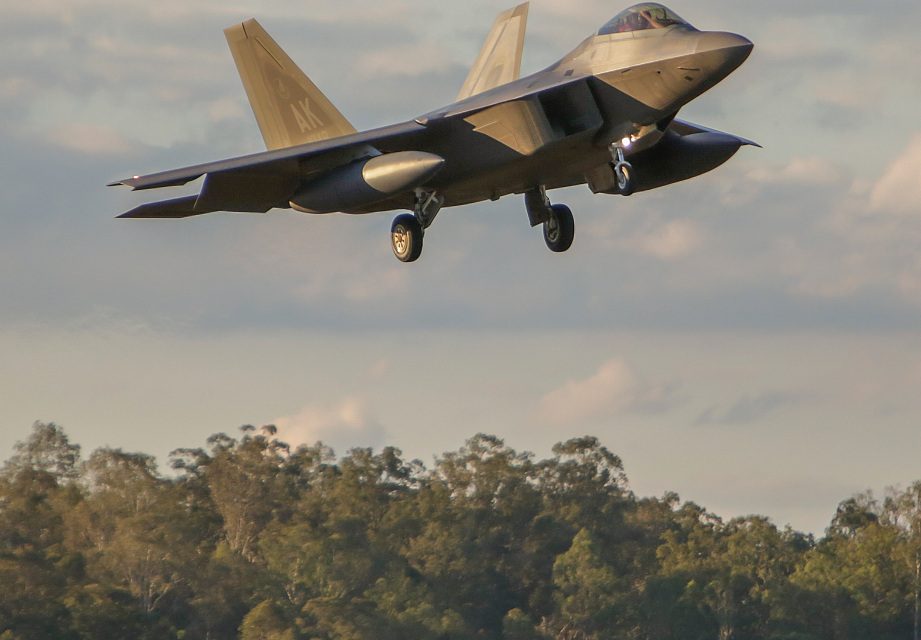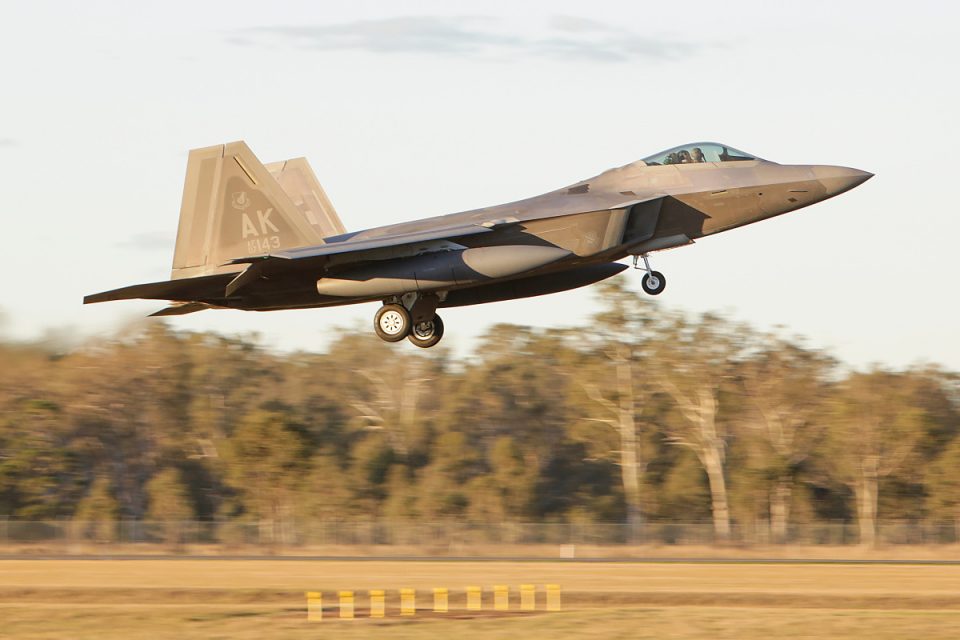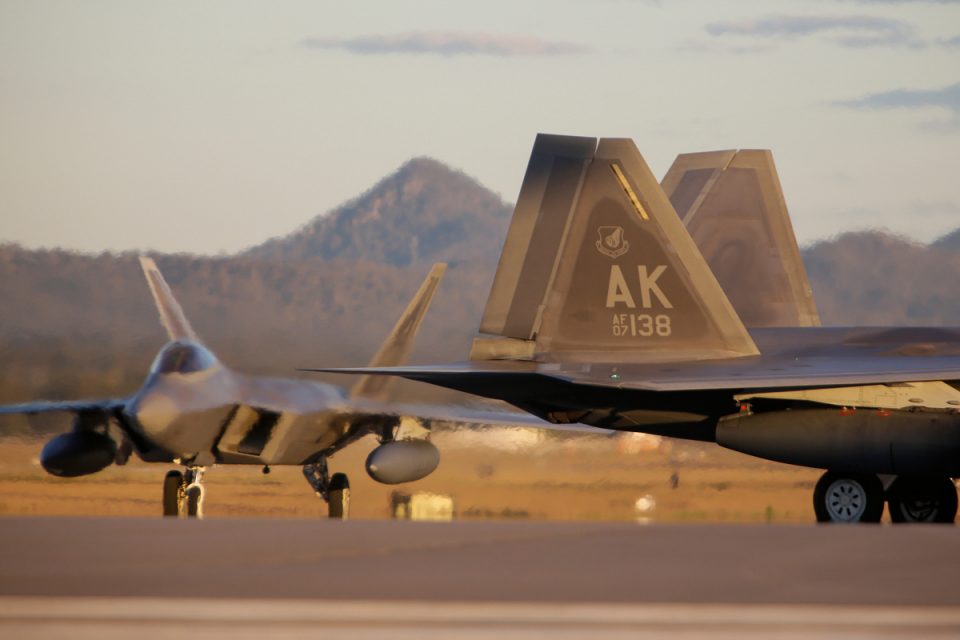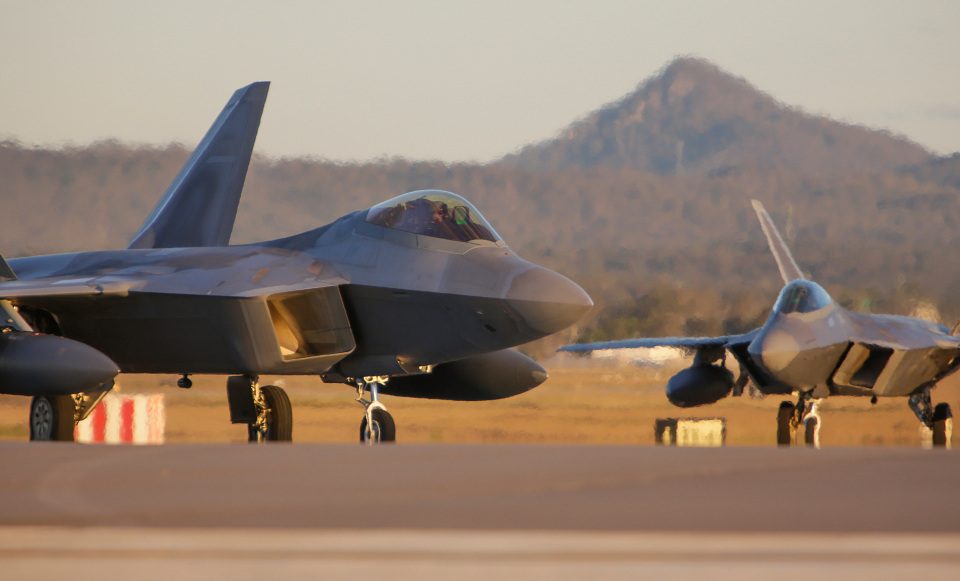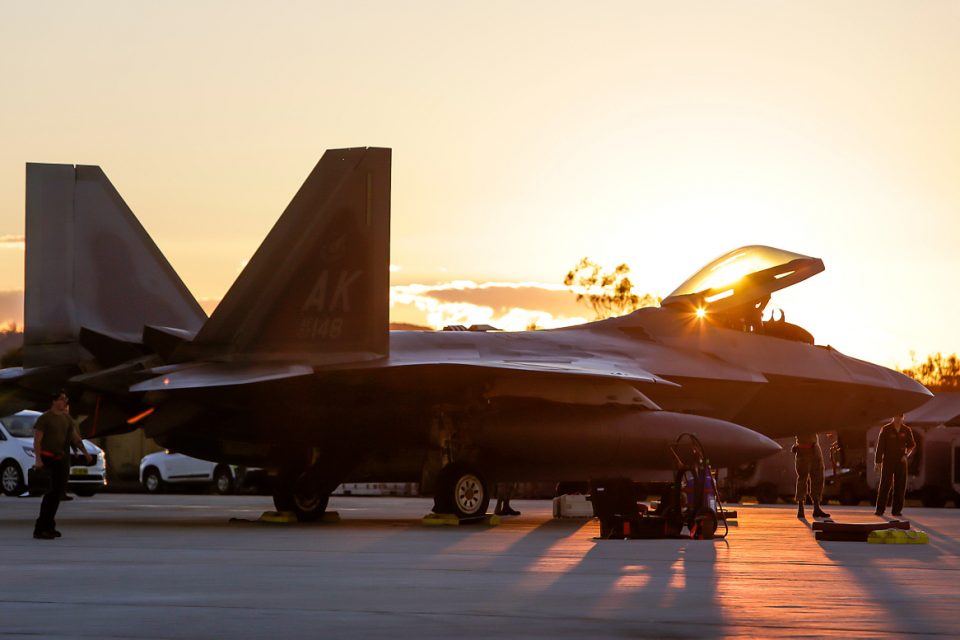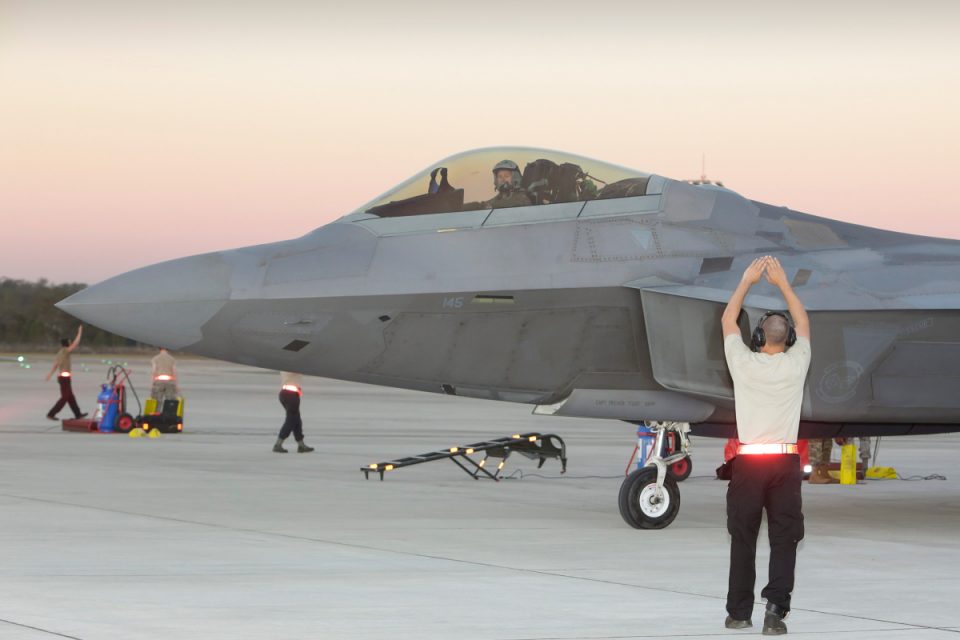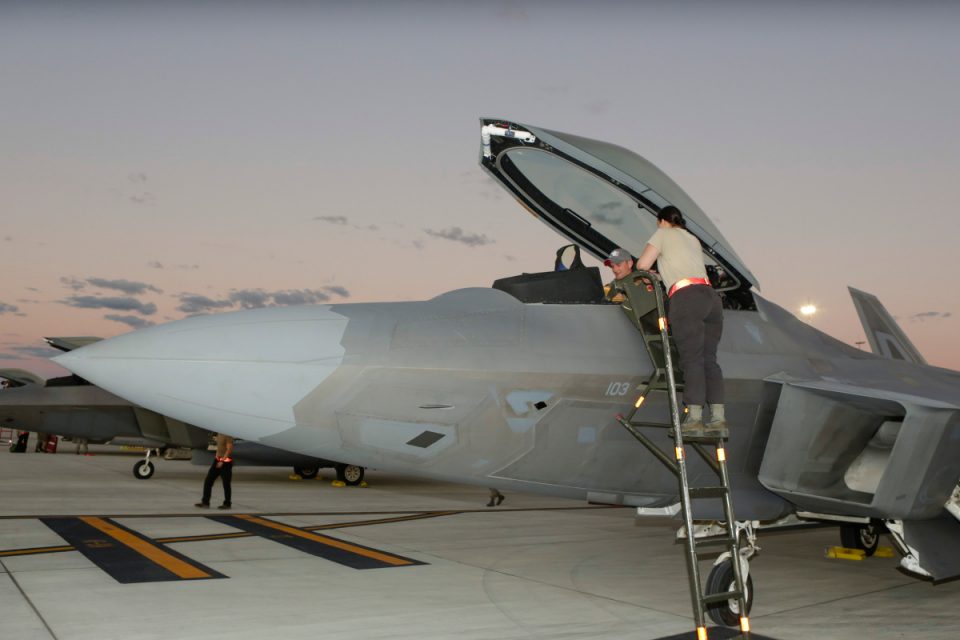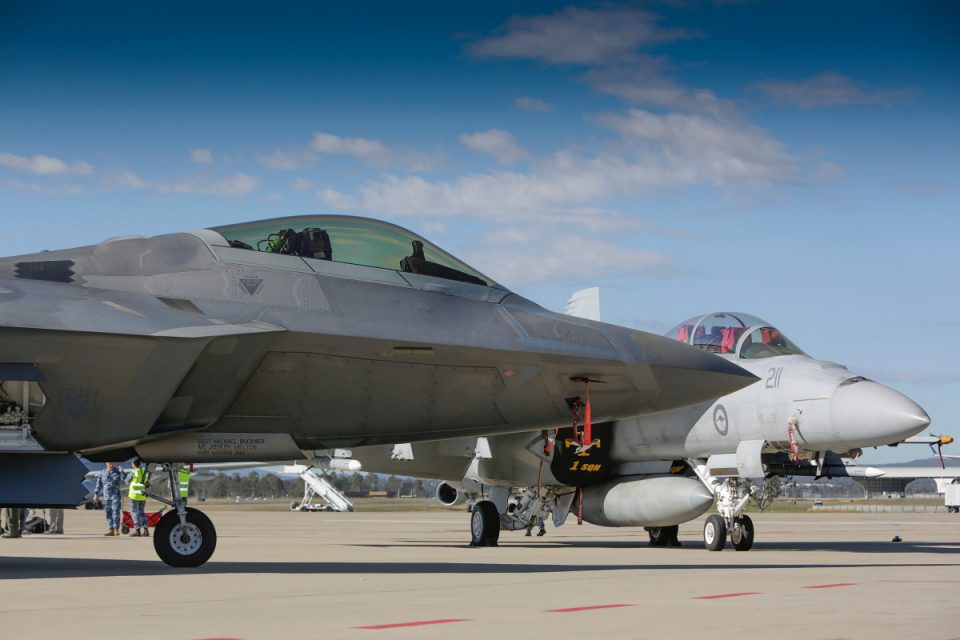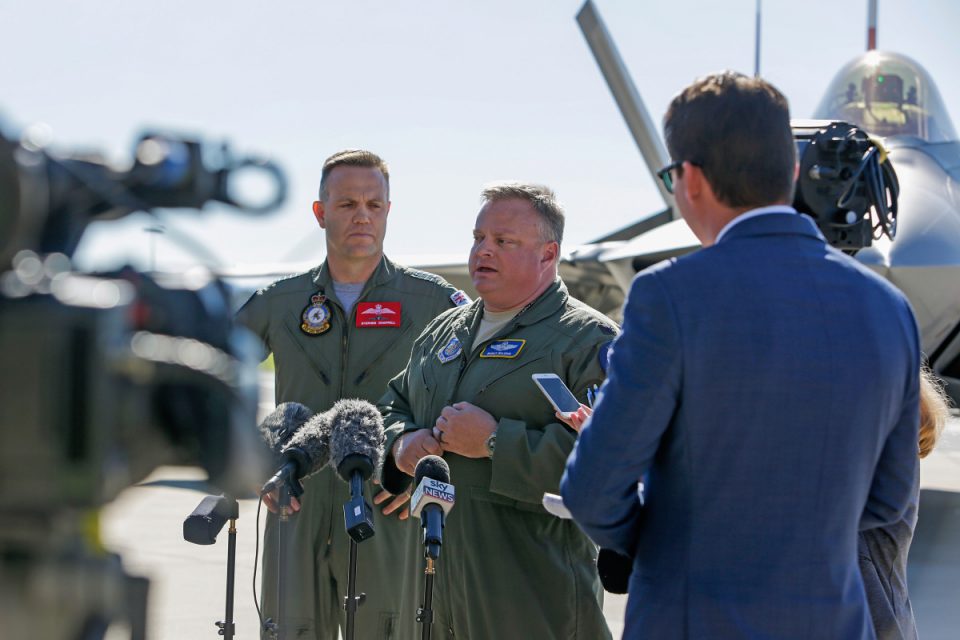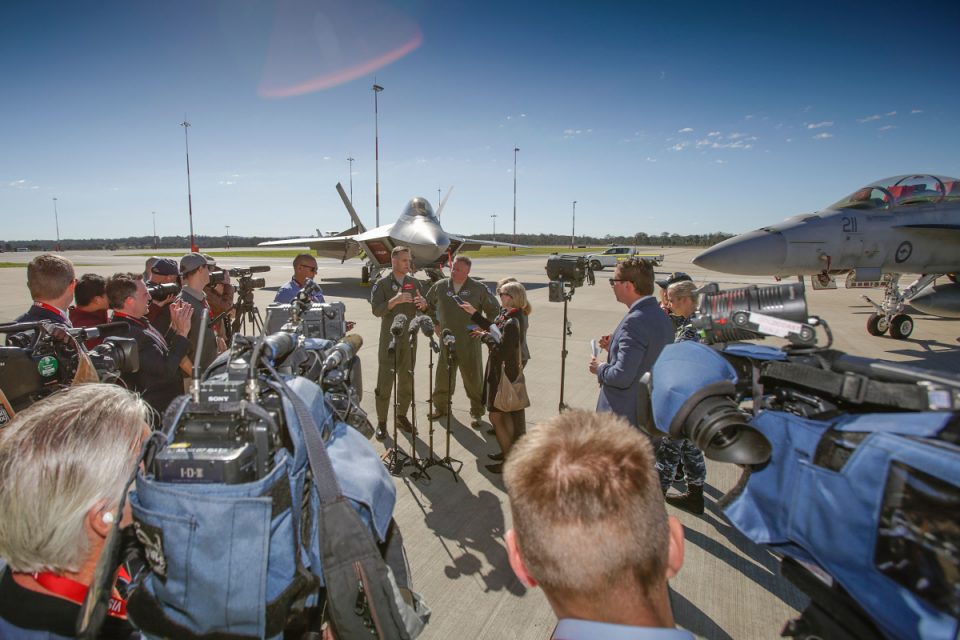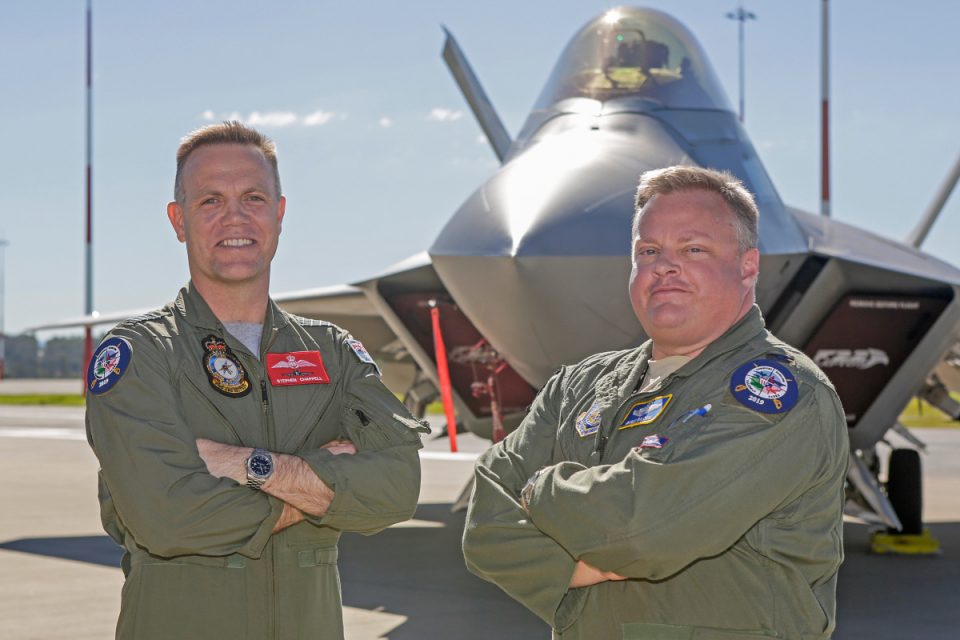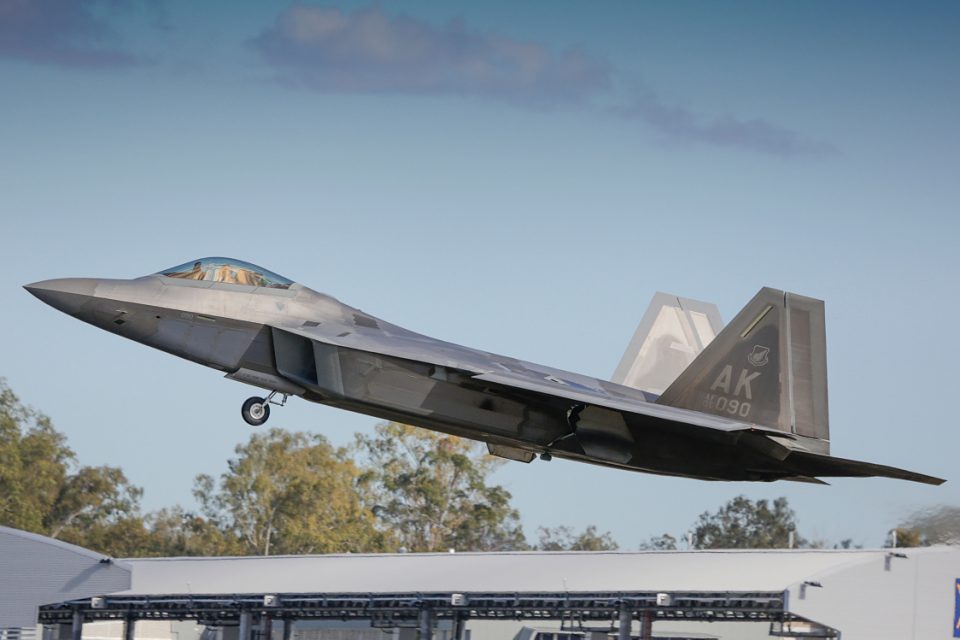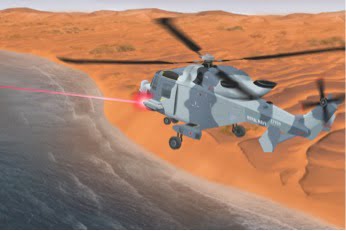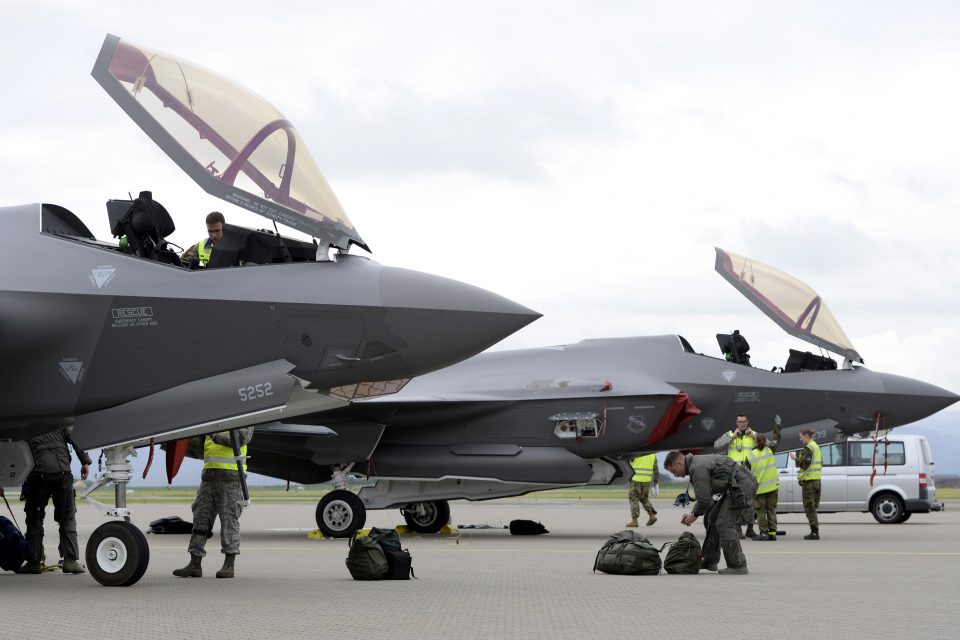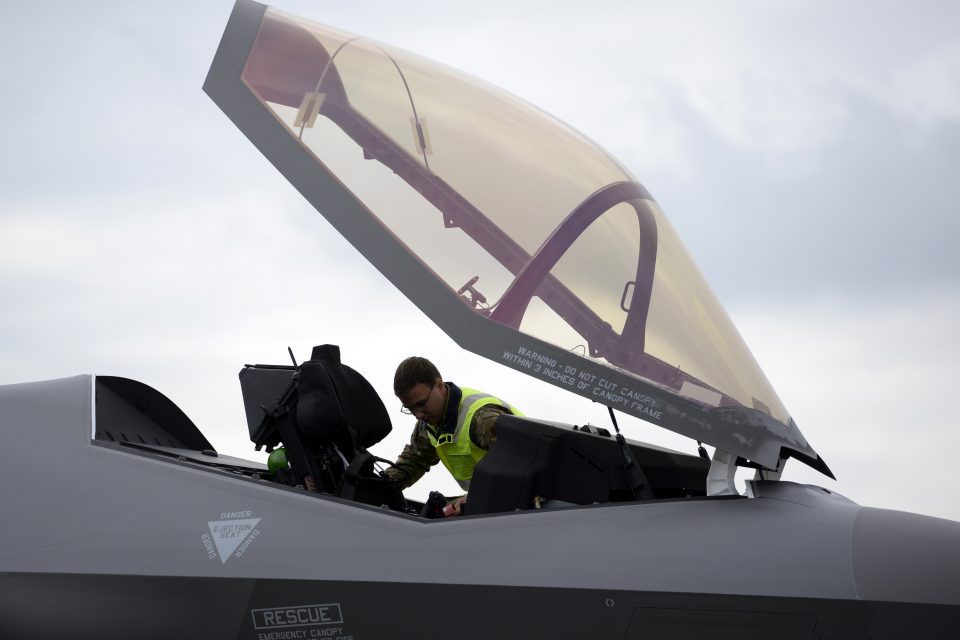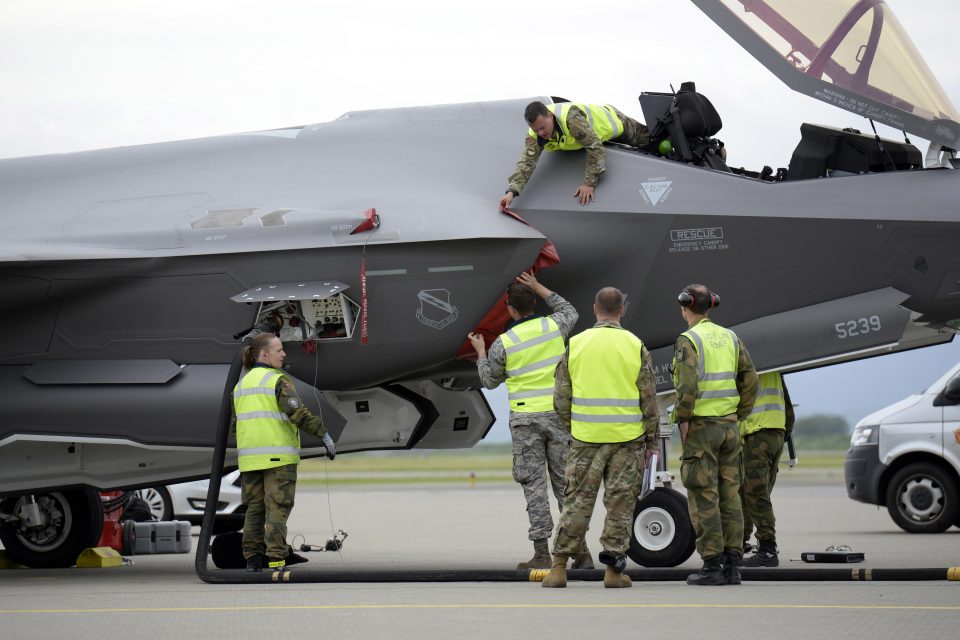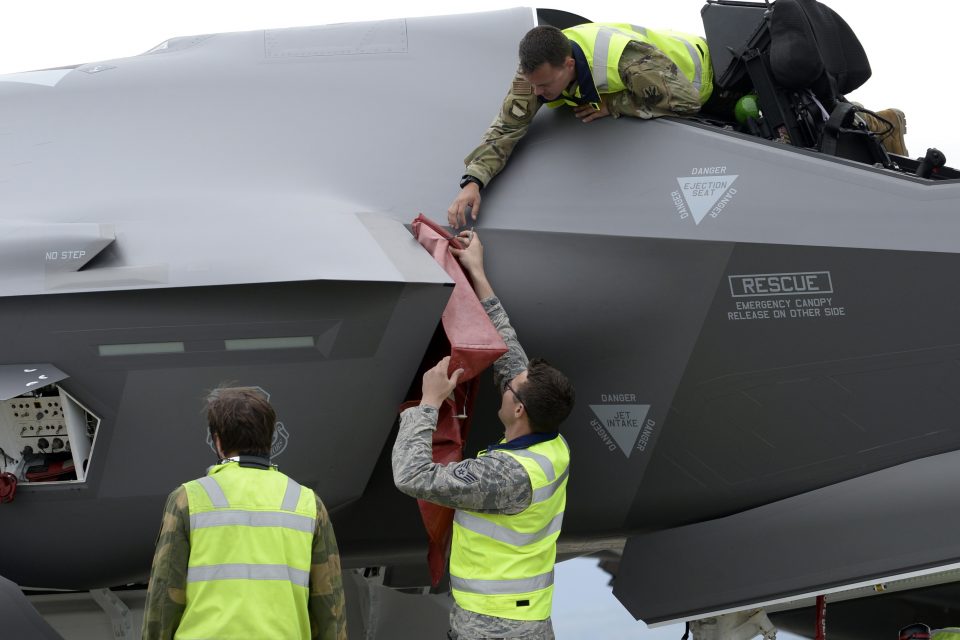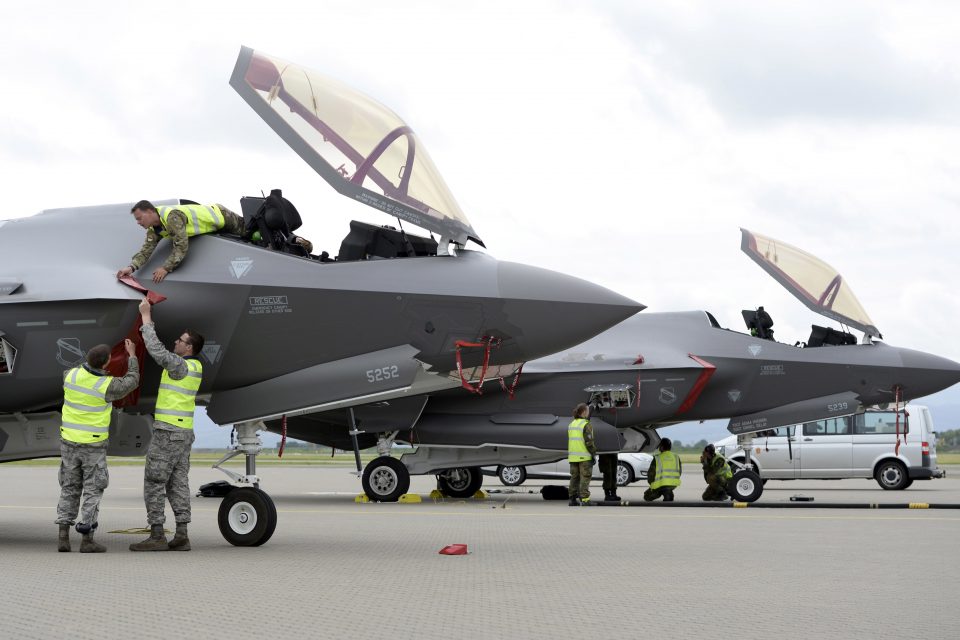By Damien Hare
The popular perception of bombing in World War II is of inaccuracy and indiscriminate destruction. Despite early intentions to conduct precision raids in Europe, both the Royal Air Force (RAF) and the United States Army Air Forces found that limitations of technology, training and the elements severely constrained their ability to conduct accurate bombing.
Consequently, they adopted strategic bombing techniques that involved the delivery of explosives from high altitude against targets often defined only as ‘factory complexes’, and frequently with the primary, if unspoken, the aim of simply devastating large areas of German urban development.
However, in an age of air power application renowned for area bombing and circular error probables measured in thousands of feet, Operation Carthage – the 1945 raid on the Gestapo headquarters in Copenhagen – is notable for its remarkable accuracy.
Operation Carthage demanded a level of precision that a modern audience would typically associate with laser-guided weapons being delivered through windows that first embedded itself in popular consciousness during the 1991 Gulf War.
Moreover, a failure to have successfully done so would have directly endangered the very individuals the raid was, in large part, being conducted to protect.
The ultimate success of the raid was thus a testament to the planning and execution of the operation and a tribute to the remarkable skill and airmanship of those involved.
Despite the precision of the raid, Operation Carthage was bedevilled by the perennial problem of the bombing of pinpoint urban targets in World War II – large-scale collateral damage.
Operating under the constraints of the navigation and target identification technology of the time, some of the raiding crews misidentified their target and delivered their munitions on a nearby school, resulting in the deaths of over one hundred children and teachers.
Operation Carthage thus underscores the influence of the Clausewitzian concept of friction in war: while precision munitions can be shown to have reduced the numbers of non-combatants harmed as a result of air attack, arguments that technology may one day eliminate friction are fallacious.
To be fair, arguments for the ability of precision munitions to minimise civilian casualties usually acknowledge that chance, error and friction – normally through human involvement in the use of precision munitions – will continue to exert an influence on adverse outcomes, even if heavily reduced.
However, argumentation in favour of the use of autonomous weapons systems as being ethically sound due to their technology-based precision and their elimination of human-based error suggests there is a potential case for friction to be eventually overcome.
For all its accuracy, Operation Carthage demonstrated a problem that remains no less relevant now – that high explosives, once committed to a target, can kill and maim indiscriminately.
If the target itself is wrong – through misidentification in planning, through the confusion in execution, through friction– the precise delivery matters little.
The Raid
As World War II drew to a close in Europe, members of the Danish Resistance became increasingly concerned that their movement was in danger of being eliminated by the German Gestapo. The Gestapo, operating from their headquarters in the so-called “Shell House” in Copenhagen, held considerable documentary evidence on Resistance activities in the building.
Additionally, they had installed a number of cells where prisoners could be interned and interrogated.
The Danish Resistance, through British operatives in Denmark, had for some time been requesting an RAF attack on Shell House to destroy the Gestapo’s files and remove the threat to their operations.
Complicating their request, however, was their desire that the raid should, in addition to destroying the files contained on the central three floors, leave the upper floor – the location of the prison cells – intact to enable the detainees held there to escape.
Although initially unwilling, the RAF ultimately agreed to conduct the raid, which its designated Operation Carthage.
Responsibility for the mission was assigned to No. 140 Wing of the RAF’s 2ndTactical Air Force, comprising aircraft from Numbers 21 Squadron RAF, 464 Squadron Royal Australian Air Force, and 487 Squadron Royal New Zealand Air Force, all operating de Havilland Mosquito light bombers.
Assignment of the operation to the 2ndTAF was due less to the nature of the raid in a tactical or strategic sense than to the planned method of execution, which would involve a strike conducted at roof-top level.
No. 140 Wing was the most experienced in such techniques of the RAF’s Mosquito force at the time and thus possessed the capability and means to achieve the accuracy required.
Planning for the raid was meticulous.
As one of the raid’s major challenges was the need for crews to identify an individual building in a built-up urban area visually, considerable effort was expended on creating a high-fidelity visual reference for the pilots.
The imagery of the target area was gathered from aerial photography and Danish Resistance members, and a detailed relief model of the Shell House and the surrounding city environs constructed.
The model enabled pilots to get their eyes down to the level at which they would fly their route and visualise the target as they would see it during the attack.
Further effort was devoted to weapon delivery.
Though scepticism persisted as to whether it would be successful, the Mosquito crews planned their ingress to the target at rooftop level, aiming to deliver their bombs on a flat trajectory, or ‘skipping’ them in to the lower floors of the Shell House, destroying the Gestapo records on these levels while leaving the upper floors undamaged long enough that the prisoners held there would have time to escape.
Moreover, the raid was timed to reach the target when the Gestapo would have two shifts present, and the majority of document safes in the building would be reckoned to be open.
The raid was launched on 21 March 1945. Departing from RAF Fersfield in Norfolk, England, a total of 18 Mosquito bombers from No. 140 Wing were accompanied by 28 Mustang escort fighters and an additional two Mosquitos tasked with filming the mission. The aircraft travelled the 350 miles to Copenhagen over the North Sea and Danish countryside at wave and rooftop height, arriving at the target at approximately 11:00.
Achieving surprise, the first wave of six bombers successfully identified the target and delivered their bombs, fused with a time delay to permit the aircraft to escape, with considerable accuracy.
Their efforts were remarkably successful.
Significant immediate damage was done to the central structure of the Gestapo Headquarters, killing around 150 members of the Gestapo and their Danish collaborators, and destroying the archives stored there.
Additionally, though the initial blasts did kill some of the prisoners held in the attic, 18 of the 26 detainees held in the Shell House were able to escape during the raid.
The Shell House, substantially damaged, ultimately collapsed.
By these results alone, the raid was a success.
However, as they sped from the burning target at rooftop height, the Mosquito crewed by Wing Commander Peter Kleboe, and Flying Officer Reginald Hall clipped a post and building roof, and crashed into the nearby Jeanne d’Arc Catholic School, killing the crew.
As the second and third waves, each comprising six Mosquitos, approached, several crews misidentified the now-burning school as the actual target.
As a result, seven of the 12 aircraft in the follow-on waves delivered their bombs – with No. 140 Wing’s trademark accuracy – on to the Jeanne d’Arc school, killing 86 children and 18 adults, and injuring over 150 more.
Speaking of the mission in a film made after the war, Ted Sismore, the master navigator for the raid, noted the irony of the tragedy, observing that, given the success of the initial wave:
[h]ad all the bombs gone into the target [the Shell House], it’s most likely that most of the Danes in the attic would have been killed.
The loss of the children […] affected us very much.’
Three other Mosquitos and two Mustang escorts were lost through enemy action with one Mustang pilot becoming a prisoner, and the remaining seven aircrew killed.
Friction and Precision
Carl von Clausewitz described friction in warfare as comprising:
[c]ountless minor incidents – the kind you can never really foresee – [that] combine to lower the general level of performance so that one always falls far short of the intended goal.
Moreover, friction ‘is everywhere in contact with chance’, and thus brings about effects in war that cannot be measured and, importantly, reliably predicted.
Operation Carthage, though objectively a successful military operation, is illustrative of the role of friction in the conduct of war.
Despite thorough planning, well-trained crews, and state-of-the-art equipment, the mission resulted in over 250 civilian casualties, none of whom had been accepted during planning as anticipated victims of the raid. It was chance and friction that placed them in harm’s way.
The limitations of the technology of the day compelled crews to identify targets visually.
The speed and altitude of the approach, necessitated by the need to both maintain surprise, protect them from air defences andidentify the target, gave crews precious little time to line their approach up, select the correct target, and deliver their weapons before beginning evasive manoeuvres and leaving the target area.
Once the smoke from the burning school, located near the actual target, became prominent, the limitations of human capacity in this demanding and stressful environment made misidentification of the target increasingly likely.
The cascading effects of Kleboe and Hall’s Mosquito clipping structures, crashing into a school, igniting a fire, smoke from this fire obscuring the actual target and drawing following crews to identify the school as the Shell House epitomise the concept of friction in war as Clausewitz envisaged it
. Casualties are sustained where they had not been anticipated. Plans lose effectiveness as the course of action deviates from the expected path. Actions are taken that produce unhelpful results.
The simplest things become difficult, as Clausewitz warns, and with this difficulty comes unpredictability and undesired effects.
The civilian casualties at the Jeanne d’Arc school were not the result of wayward bombs that missed the Shell House due to poor aim, aerodynamics, or any other vagary of an unguided weapon.
The bombs that hit the school did so because they were aimed at the school; they were delivered precisely at a structure that the crews had identified as their briefed target.
By precisely bombing the wrong target, the Operation Carthage crews highlighted an enduring reality of war that promises offered by enhanced technologies have not yet overcome – and will likely never do so.
With the introduction of precision-guided munitions on a large scale in the 1990s, advocates of the technology argued that their use would make war cleaner, less destructive, and reduce the suffering of non-combatants. Some proponents, such as former Admiral William Owens, former US Vice Chairman of the Joint Chiefs of Staff, argued that technology, in general, would reduce such a constraint on war to the point where it is militarily insignificant.
However, Clausewitz’s notion of friction was not limited to the physical domain and included influential intangible factors that exist in the mental domain.
Such factors – fear, stress, confusion, the effects of physical hardship and fatigue, the uncertainty of information and what it may mean – can be influenced by technological aids and solutions, but existing in the non-physical realm the ability to eliminate from the battlefield completely is highly questionable.
While enhanced technology offers greater fidelity in target acquisition, identification and discrimination, and precision munitions provide a high level of confidence in striking a target, the precise effects that precision munitions can attain are contingent on the target being right in the first place.
Here, the non-physical elements of friction can have a significant influence.
During the 1990-91 Gulf War, a civilian defence shelter in the Amiriyah neighbourhood of Baghdad was struck by two laser-guided bombs after it had been incorrectly identified as a command post or military bunker for the Iraqi military.
Over 400 civilians and the incident led to restrictions on further US raids on the Baghdad for the duration of the war.
Another case occurred during the 1999 North Atlantic Treaty Organisation bombing campaign against Serbia.
Inexperience, complacency and poor information management combined to lead the Central Intelligence Agency to misidentify the Chinese Embassy in Belgrade as the headquarters of a Serbian arms agency.
Passed to the air planners as a target, the embassy was struck by five satellite-guided bombs Three Chinese nationals were killed, 20 injured, and tensions in the US-China relationship significantly increased.
As was the case with the Jeanne d’Arc School, in these examples, the precision munition functioned as designed to, highlighting that where the wrong target is identified, today’s technology simply makes it more likely that the wrong target will be hit precisely.
At the heart of this particular manifestation of friction is the human element in warfare.
During Operation Carthage, as in the case of Baghdad and Belgrade, the involvement of humans in the application of weaponry through misinterpreted or incorrect information was a clear contributing factor to the tragic outcomes.
However, removing the human entirely from the loop itself, as may be promised through the development of autonomous weapons systems, will not completely mitigate the effects of friction either.
An adversary may act, such as countermeasures to ‘spoof’ or jam precision guidance or surveillance systems or may defeat intelligence collection and analysis efforts through deception and concealment. Moreover, technology, regardless of its sophistication or reliability, can fail.
A system designed and constructed by humans remains susceptible to a myriad of human factors, influences and failings, even when the human is no longer involved in the actual operation of the system. Technology itself thus introduces an element of friction, independent to human involvement, and the enduring nature of war as a chaotic, violent act ensures that the influence of this friction can never be completely eliminated.
Technology may promise a cleaner, more precise war, but the effects of friction will continue to be experienced in the application of force.
Unintended consequences will remain an unavoidable fact of conflict in the future as much as they were in 1945.
Operation Carthage was in many respects a triumph of determination, planning, training and courage. It reflected the epitome of human skill in air strikes at the time. The strike foreshadowed the potential of precision munitions nearly a half-century later.
At the same time, it demonstrated the impact of friction in warfare.
The raid was planned and executed with the specific intent of minimising unnecessary casualties; of targeting as precisely as was possible with the technology of the time; and with the explicit aim of avoiding harm to certain individuals and enabling them to escape the subject building.
Tragically, through friction and chance, and their cascading effects on human perception and action, the planning and execution were misapplied, and dozens of non-combatants were killed as a result.
With precision weapons today offering those same potential effects as Operation Carthage sought to achieve – the ability to target precisely and minimise unnecessary suffering – it remains pertinent to recall the outcome of the raid.
War is and remains a human activity, subject to all the limitations and constraints of the human condition.
Friction, and its impact on human actions in war will endure as long as humans continue to have a place – anyplace – in the conduct of conflict.
Wing Commander Damien Hare joined the Royal Australian Air Force as an Aerospace Engineering Officer in 1996 and has worked in a variety of roles, including F-111 maintenance and engineering, Aerial Delivery Certification, Aircraft Accident Investigation and the acquisition of the P-8A Poseidon aircraft.
He holds a Bachelor of Engineering (Aeronautical), a Master of Arts (War Studies) and a Master of Military and Defence Studies, specialising in the Art of War. He is currently posted as Directing Staff at the Australian War College, Canberra.
The opinions expressed are his alone and do not reflect the views of the Royal Australian Air Force, the Australian Defence Force, or the Australian Government.
This article was first published by Central Blue on June 23, 2018.


